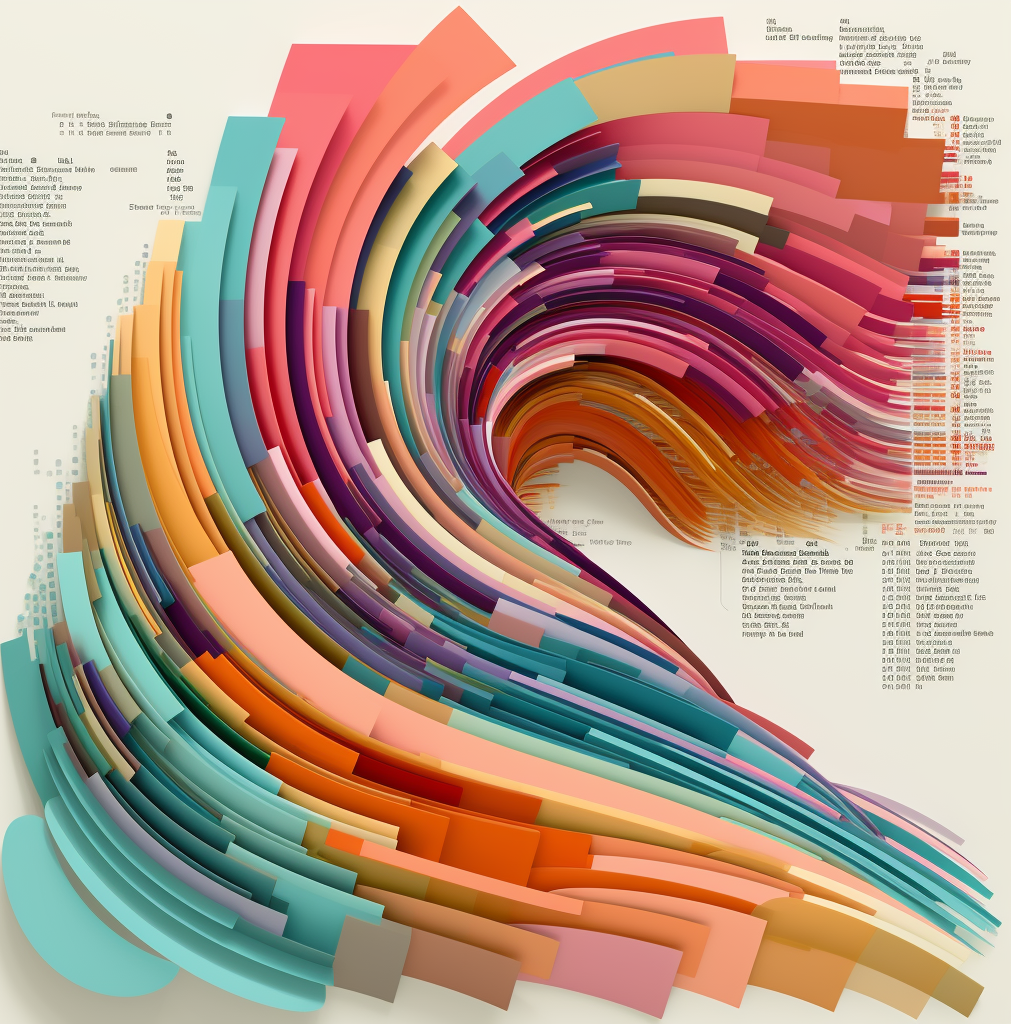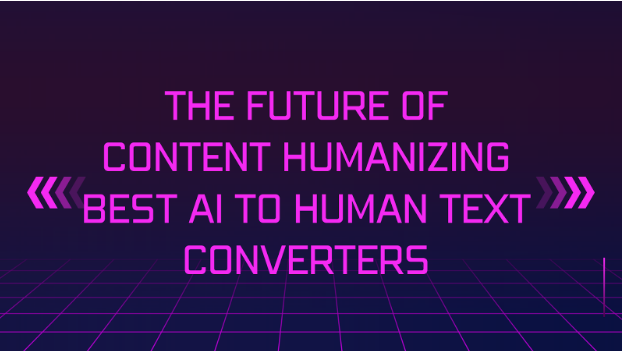Introduction
Text classification is a vital task in natural language processing (NLP) that involves categorizing text into predefined classes or categories. It has numerous applications, including sentiment analysis, spam detection, topic classification, and more. With the advent of deep learning, models based on Transformer architectures such as BERT (Bidirectional Encoder Representations from Transformers) have revolutionized text classification tasks.
In this beginner’s guide, we will explore how to leverage BERT features for text classification. We will dive into the world of BERT, understand its architecture, and learn how to fine-tune it for text classification tasks. So, let’s get started!
What is BERT?
BERT, short for Bidirectional Encoder Representations from Transformers, is a state-of-the-art language representation model introduced by Google in 2018. It has transformed the field of NLP by achieving remarkable performance on various language understanding tasks.
Unlike traditional models like Recurrent Neural Networks (RNNs) or Convolutional Neural Networks (CNNs), BERT is a Transformer-based model. It utilizes the attention mechanism to capture the context and relationships between words in a text.
One of the key features of BERT is its bidirectionality. It takes into account the entire context of a word by considering both left and right context. This enables BERT to have a deeper understanding of the text and better handle tasks such as sentiment analysis, named entity recognition, and text classification.
How does BERT work?
BERT is a large-scale unsupervised language model pre-trained on vast amounts of publicly available text data. During pre-training, it learns to predict missing words in a sentence (masked language modeling) and predict whether two sentences follow each other (next sentence prediction).
Once pre-training is complete, BERT is fine-tuned on specific downstream tasks, such as text classification. Fine-tuning involves training BERT on a smaller, task-specific dataset to adapt it to the specific classification task at hand.
When it comes to text classification using BERT, the general workflow involves the following steps:
Data Preparation
The first step is to gather and prepare the dataset for text classification. The dataset should be labeled with the appropriate class or category for each text. It should also be divided into training and testing sets to evaluate the performance of the model.
Tokenization
BERT operates on tokenized input, where each word or subword in the text is represented by a unique token. Tokenization ensures that the input text is divided into meaningful units for processing.
BERT Embeddings
Once the text is tokenized, BERT converts each token into a vector representation called embeddings. These embeddings capture the semantic meaning of the token and its relationship with other tokens in the sentence.
BERT produces two types of embeddings: token embeddings and segment embeddings. Token embeddings encode the meaning of each individual token, while segment embeddings distinguish between different sentences or segments of text.
Pooling and Classification
After obtaining the BERT embeddings, they are passed through a pooling layer to obtain a fixed-sized representation of the text. This pooled representation is then fed into a classification layer, such as a fully connected neural network or a softmax classifier, to classify the text into appropriate categories.
Fine-tuning BERT for Text Classification
Fine-tuning BERT for text classification involves training the pre-trained model on a specific classification task. This process requires an annotated dataset with labeled examples for each class.
The steps to fine-tune BERT for text classification are as follows:
Loading Pre-trained BERT Model
First, we need to load the pre-trained BERT model, which is available in various sizes (e.g., BERT Base, BERT Large). These models are trained on large amounts of unlabeled text data and capture a deep understanding of language.
Data Preprocessing
Next, we preprocess the dataset by tokenizing the text, converting it into BERT embeddings, and splitting it into training and testing sets. It is crucial to maintain the same tokenization method used during pre-training to ensure compatibility.
Training the Classification Layer
After preprocessing, we freeze the parameters of the BERT model and only update the classification layer. We train the classification layer on the training set using techniques such as backpropagation and gradient descent to minimize the loss function.
Evaluation
Once the classification layer is trained, we evaluate the performance of our model on the testing set. Various evaluation metrics can be used, including accuracy, precision, recall, and F1 score.
Benefits of Using BERT for Text Classification
Using BERT for text classification offers several advantages:
Contextual Understanding
BERT captures the context and meaning of words in a text by considering their relationships with other words. This enables the model to understand the nuances of language and perform better on classification tasks.
State-of-the-Art Performance
BERT has achieved state-of-the-art performance on various NLP benchmarks, surpassing previous models by a significant margin. Its ability to capture context and bidirectionality contributes to its superior performance.
Transfer Learning
BERT is pre-trained on a large corpus of text data, making it a powerful language representation model. By fine-tuning it on specific tasks, we can leverage the knowledge learned during pre-training and transfer it to downstream tasks, reducing the need for large labeled datasets.
Conclusion
BERT has emerged as a powerful tool for text classification, offering improved accuracy and contextual understanding compared to traditional models. By leveraging pre-trained BERT models and fine-tuning them on specific classification tasks, we can achieve state-of-the-art performance even with limited labeled data. Whether it’s sentiment analysis, topic classification, or any other text classification task, BERT features can be a game-changer in your NLP projects.









Leave a Reply